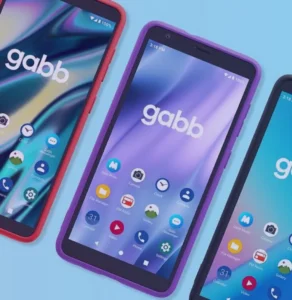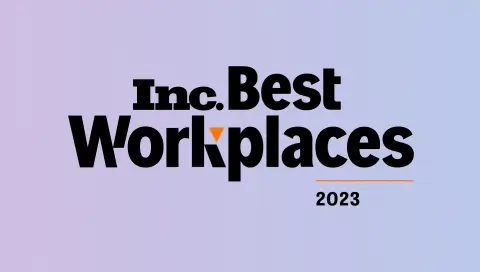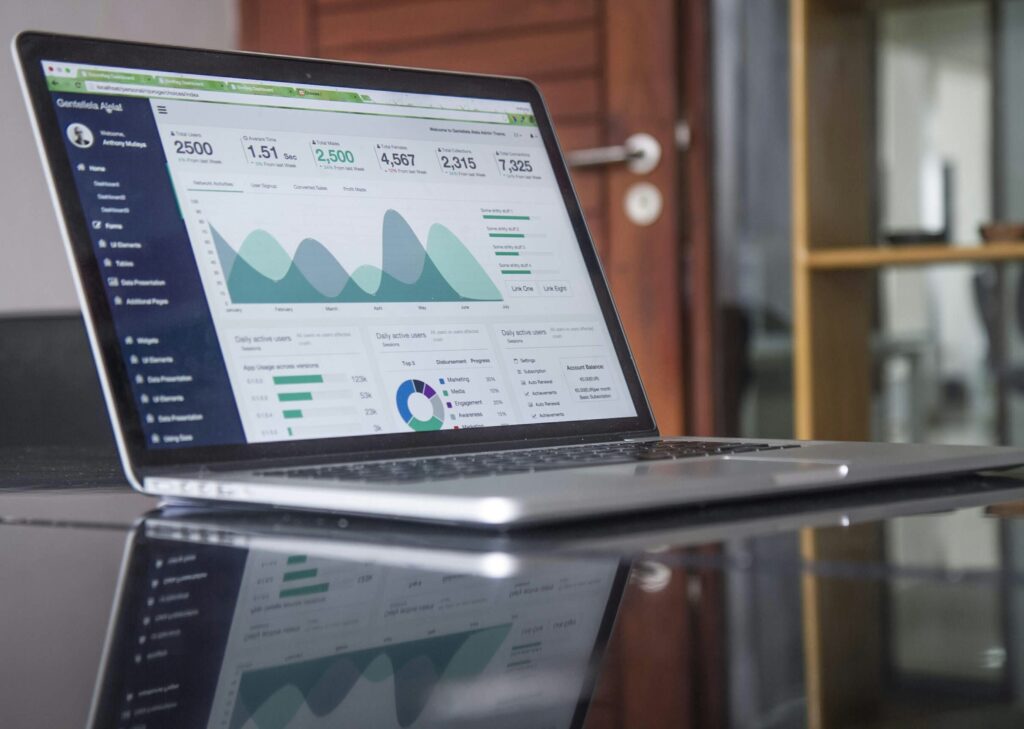Introduction to Unified DSPs
Programmatic advertising has allowed advertisers to reach their target audiences with enhanced precision and unprecedented effectiveness. Advanced AI protocols determine the perfect viewer for your ad in fractions of a second, utilizing billions of data points to connect with consumers who will resonate with your messaging at that moment.
While it’s quite a complicated ecosystem (and this is a major simplification), like in traditional advertising, the programmatic ecosystem has ad buyers and sellers using two main software platforms.
These are: Supply Side Platforms, which show and serve ad inventory, and Demand Side Platforms (DSPs), where agencies and brands can run, track, and optimize campaigns with first and third party audience data. Advertisers can programmatically bid on and place ads on various digital properties such as websites, mobile apps, and even connected TV platforms.
Over the past decade, programmatic has experienced a boom in both users and developers, with many companies creating DSPs and other platforms. As a result, it has become increasingly fragmented and complex to navigate.
There are dozens of DSPs on the market, but some of the top platforms are: The Trade Desk, Google’s DV360, Zeta, Basis, Quantcast, and Amazon DSP. Each of these DSPs excel in different ways, making it beneficial to use multiple to get the best results.
However, each generally has a minimum spend target required to get on the platform. Each also has a different UI, so they have a learning curve. And if you’re an agency running multiple campaigns on multiple DSPs, there’s no way to unify customer data or see a bird’s eye view and analyze your campaigns.
Enter the concept of a Unified DSP: an interface that unites several DSPs under a single UI, allowing you to aggregate campaign data in a single place; run different campaigns with the DSP that has the best audiences or features; and access the full open internet to get the best results for your clients.
What is a DSP?
Let’s go a bit more into detail on what a DSP is. DSPs are advanced software platforms where advertisers can set up, run, and optimize advertising campaigns with in-depth audience data.
While initially created to sell leftover ad space, programmatic has become a powerful tool for advertisers, because it allows them to choose both inventory and viewer much more precisely.
There are a few types of auctions that can occur using DSPs:
Open Exchange/Run of Network (RON)
Campaigns run on any site and any ad exchange. This is becoming less common, as advertisers move towards ensuring their ads along brand-safe content.
Private Marketplace (PMP)
Campaigns run on a set number of sites through specific ad exchanges, removing the risk of appearing on less-than-ideal sites. PMPs and RON use a technical process called Real-Time Bidding, where DSPs, SSPs, and ad exchanges run instantaneous auctions for ad placements. There is not a guaranteed number of placements with PMP, so there’s a risk of not using all budgets and thus, not gaining the desired visibility or results on the ad.
Programmatic Guaranteed (PG)
Campaigns run on a set number of sites and set ad exchanges, with a fixed CPM. It’s a bit more expensive than either PMP or RON, but it ensures a consistent and brand safe result.
If you want to start adding programmatic to your suite of digital media tools, there are quite a few DSPs to choose from. Some companies have even chosen to create their own DSPs. So how do you pick which one to use?
What is a Unified DSP?
The answer might be: use all of them! There is a way to use and benefit from multiple DSPs, ensuring that you get the most optimal functionality, visibility, and results from each. This is by using a Unified DSP.
A Unified DSP (sometimes called a Meta-DSP), is a technology layer that pulls the APIs from multiple DSPs and integrates them according to their standards to create a single, unified interface.
Unified DSPs allow users to create, manage, analyze, and optimize campaigns across multiple DSPs, but in one platform. This generally requires integrating with the DSP’s audience data as well. It doesn’t actually do the media buying—rather, it calls the DSP that is connected to the campaign to do so.
This allows users to access and utilize the various audiences, channels, and analytics of the best DSPs, each of which do something different. For example, one DSP might have more extensive audience data; one might have specific channels like CTV or streaming audio; and one might provide AI driven insights. With a unified DSP, you could create a campaign in each of those, in order to reach your target audience most effectively, and compare the results in one place.
For example, at Version2, we created ORION as a proprietary tool that lets us run and analyze campaigns from multiple DSPs (like Zeta and Basis), which provides our clients with better results than simply using a single DSP.
What are the benefits of a unified DSP?
Allows for customization
Building a custom unified DSP—as with any bespoke software product—allows you to create the most effective solution for your company and your clients. It solves specific problems for your agency or clients, and you can build the roles, permissions, and features that are most beneficial to business goals and KPIs.
Not everyone will want or need to build a custom product. Using an existing unified DSP allows you to save time, cost, and effort, as well as tap into the expertise of a team in the adtech industry.
Simplifies data aggregation
Rather than trying to use vast amounts of audience data across multiple platforms, you can find the data you need in a few clicks, rather than a few separate logins. It can even aggregate this data into one dashboard.
Gets the most out of each DSP
Each DSP has something it excels in, whether it be breadth of audience data, brand safety controls, access to channels, or predictive capabilities. By only using one DSP, users are not getting the most that these powerful platforms have to offer.
Using multiple DSPs allows you to run campaigns that perform more effectively, as well as perform testing as to what performs better. You can reach your audience wherever they are with powerful messaging that reinforces your brand, and puts you top of mind for the conversion.
Compiles unified analytics
It’s hard to understand and optimize campaigns across platforms, viewing each campaign in a separate context. Unified analytics bring your campaigns under one roof, letting you view your advertising efforts holistically and adjust budgets accordingly towards what is performing best. This helps you determine which DSPs, creative, and messaging is working.
What to consider when looking for a Unified DSP
Whether you’re a programmatic pro or a beginner, you could benefit from a unified DSP.
Pros can dive into the campaign creation right away, to start creating campaigns in the DSPs and channels that work. Ensure that the unified DSP you’re using has aggregated your target DSP, or if you’re unsure, has some of the features that you’d be looking for.
If you’re just starting out with programmatic, it can be beneficial to find a good partner or agency to provide recommendations and training on how to integrate with your business and existing marketing strategy. Working with someone whose bread and butter is programmatic can ease the learning curve, and you can generally find all levels of engagement, from top to bottom managed service, to self-serve.
Looking for a partner that operates like your in-house team? Version2 is your guide to the programmatic universe. Our team of expert media buyers helps execute your strategy, provides campaign optimization throughout, and provides in-depth, white labeled analytics to make you the hero. We even created our own proprietary Unified DSP, ORION, to provide access to the top DSPs with no minimum spend.
If you’re wondering if programmatic is right for you, contact us for a free demo of our platform and explanation of our services. We’re excited to work with you!









